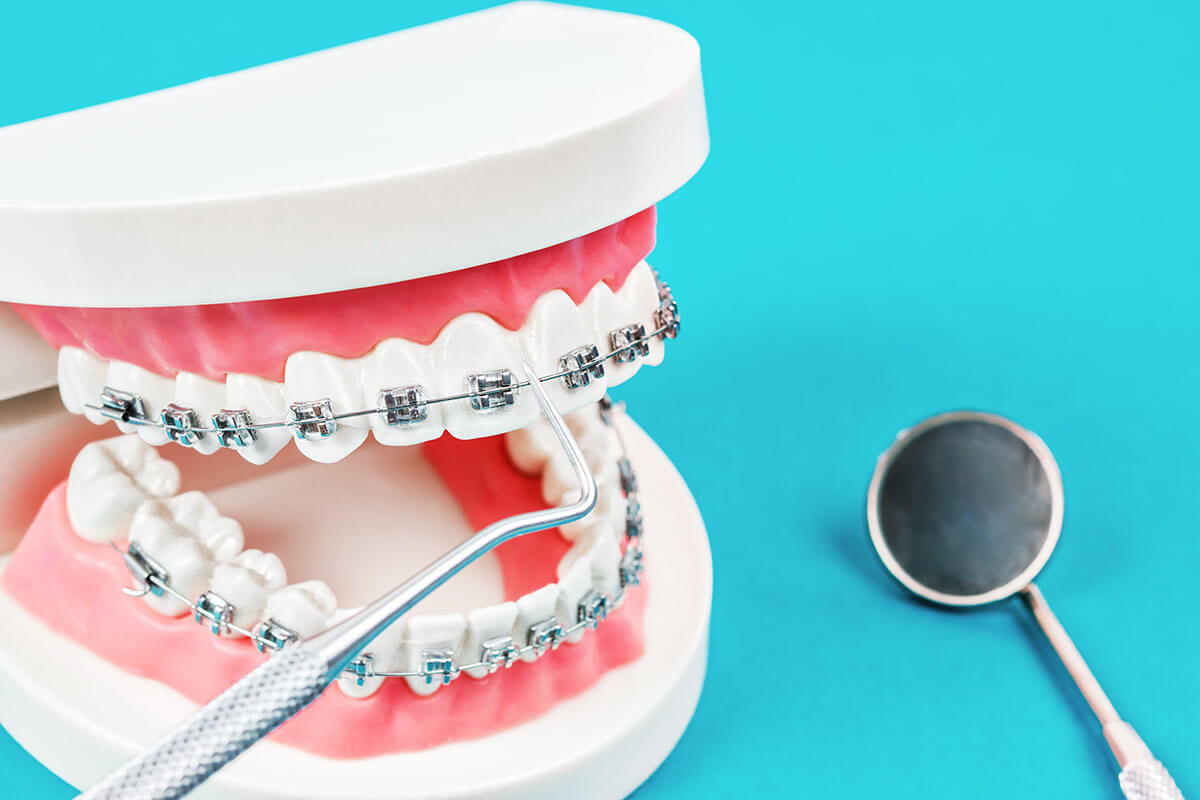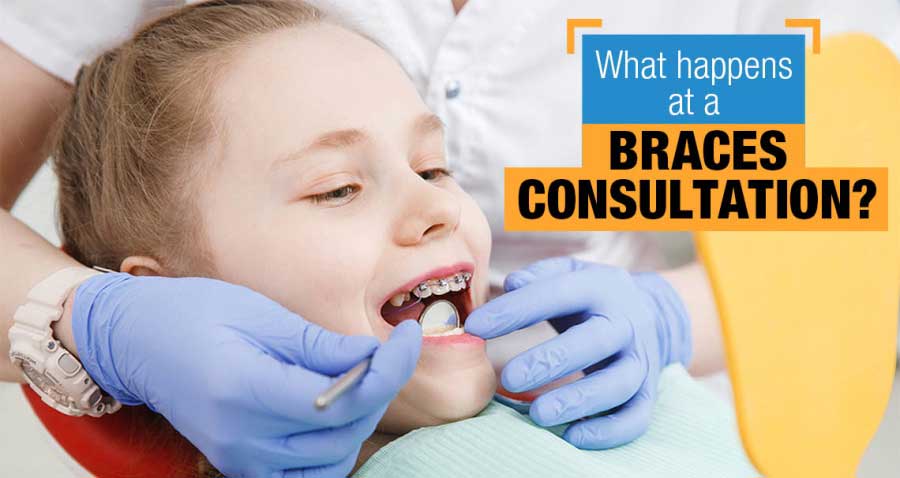Professional Cumming Braces and Aligners: What to Know Before You See
Professional Cumming Braces and Aligners: What to Know Before You See
Blog Article
Comprehensive Overview to Orthodontics Treatments for Fixing Dental Imbalances
Recognizing the intricacies of each procedure, including their mechanisms, advantages, and possible downsides, is critical in making educated decisions regarding one's orthodontic therapy. As we navigate through the extensive overview to orthodontic treatments for remedying oral imbalances, the complex information of each technique will certainly unravel, dropping light on the path towards a unified and practical oral placement.
Orthodontic Procedures Introduction

Along with clear aligners and conventional dental braces, orthodontists might likewise advise other interventions like headwear, palatal expanders, or retainers to deal with specific placement issues (aligners). These procedures are customized to each person's distinct needs and might involve a combination of treatments to accomplish the desired results. Routine modifications and monitoring are critical parts of orthodontic therapy to make certain development gets on track and to make any kind of required alterations along the road. By going through orthodontic procedures, individuals can not just attain a straighter smile however additionally improve their general dental health and function.
Standard Dental Braces: Exactly How They Function
When thinking about orthodontic treatments for oral imbalances, conventional braces stand out as a reliable approach for remedying teeth positioning. Typical dental braces include braces, cables, and bands that work with each other to apply continuous stress on the teeth, gradually relocating them into the wanted placement. The brackets are connected to the teeth utilizing a special adhesive, and the cables are threaded through the braces. By adjusting the stress of the cables, orthodontists can regulate the direction and pressure applied to each tooth, leading them into proper placement over time.
As stress is used to the teeth through the braces, the bone surrounding the teeth is reshaped to sustain the new tooth settings. Clients will require regular adjustments at the orthodontist's office to ensure the dental braces proceed to apply the appropriate stress for efficient teeth motion.
Undetectable Aligners: Pros and Disadvantages
Unnoticeable aligners supply a very discreet and practical option to conventional braces for correcting oral misalignments. These clear, tailor-made trays are practically undetectable when worn, making them an attractive choice for individuals seeking a much more aesthetically pleasing orthodontic therapy. One of the main benefits of invisible aligners is their removability, permitting simpler maintenance of oral hygiene contrasted to standard dental braces. Individuals can get rid of the aligners before eating or cleaning their teeth, decreasing the threat of food getting stuck in the appliance and streamlining the cleaning process.

Surgical Orthodontic Options
Surgical interventions in orthodontics existing feasible options for attending to intricate oral imbalances that might not be effectively dealt with through conventional orthodontic therapies. While invisible aligners and traditional braces can remedy lots of orthodontic concerns, specific cases require surgical intervention to achieve optimum outcomes. Surgical orthodontic choices are typically advised for severe malocclusions, significant jaw discrepancies, and resource situations where the underlying bone framework needs modification to achieve correct positioning.
One common medical orthodontic procedure is orthognathic surgical procedure, which involves repositioning the jaws to correct useful concerns such as problem talking or eating. This surgical treatment is commonly done in cooperation with an orthodontist who helps line up the teeth prior to and after the treatment. Surgical orthodontics may likewise involve procedures to subject influenced teeth, eliminate excess gum tissue, or improve the jawbone to create a more harmonious facial account.
Before taking into consideration surgical orthodontic alternatives, individuals go through a comprehensive examination to determine the need and prospective advantages of such interventions. orthodontics. While surgical procedure might seem daunting, it can substantially enhance both the feature and looks of the smile in instances where traditional orthodontic treatments fail
Retainers and Post-Treatment Care

Post-treatment care entails following the orthodontist's directions vigilantly. This may consist of proper oral hygiene techniques, participating in follow-up appointments, and wearing the retainers as suggested. Failing to adhere to post-treatment care instructions can lead to regression, where the teeth gradually return towards their initial placements. Regular retainer wear, great dental hygiene, and routine oral examinations are crucial for keeping the outcomes achieved with orthodontic surgical procedure and making sure the long-lasting security of the dealt with oral positioning.
Conclusion
To conclude, orthodontic treatments provide different choices for correcting dental imbalances. Typical dental braces use steel brackets and emergency extraction near me wires to move teeth right into appropriate alignment. Unnoticeable aligners provide a more very discreet option but might not be ideal for all situations. Surgical orthodontic options are readily available for a lot more extreme imbalances. Retainers are commonly used post-treatment to maintain the new positioning. On the whole, orthodontic procedures can effectively boost oral health and aesthetic appearance.
As we navigate through the extensive guide to orthodontic procedures for fixing dental imbalances, the complex details of each technique will unfold, losing light on the path towards a useful and unified oral placement. - braces
One of the most common orthodontic treatments is the use of braces, which consist of metal braces and cords that apply gentle stress to progressively change teeth into the desired placement.When taking into consideration orthodontic treatments for dental imbalances, traditional dental braces stand out as a time-tested method for dealing with teeth placing. Additionally, unseen aligners may not be ideal for intricate orthodontic issues that need even more substantial teeth activity, as they are typically suggested for light to moderate instances. Retainers are customized orthodontic devices made to hold teeth in their corrected settings after the completion of orthodontic therapy.
Report this page